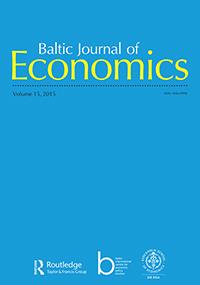Shortcomings of the EU state aid model from peripheral perspective: the case of Estonian Air
Shortcomings of the EU state aid model from peripheral perspective: the case of Estonian Air
Author(s): Viljar Veebel, Illimar Ploom, Liina KuluSubject(s): Economy, Law, Constitution, Jurisprudence, National Economy, Law on Economics, EU-Approach / EU-Accession / EU-Development, Financial Markets
Published by: BICEPS/SSE Riga
Keywords: competition law; Estonian Air; European Union; state aid;
Summary/Abstract: The problems with national airlines in small peripheral member states indicate that the effects of strict competition policy and state aid rules of the European Union (EU) may not be equally useful for all member states and their citizens. Measures that are considered efficient from the perspective of one EU member state may not necessarily improve the welfare at the EU level and vice versa. While common competition policy rules are often justified by referring to the core values of European integration and the Single Market, the values themselves prioritize different aspects of the ideals of free market, European solidarity, and institutional stability. Curiously, as a result, the EU practical regulations are often imposing significant costs on a local peripheral consumer while even unable of meeting the proclaimed European values. By using the case study of the Estonian national flag carrier Estonian Air the current study focuses on the question whether the EU state aid regulation is simultaneously rational and sufficiently flexible to take into account the joint values of the European single market and specific needs of peripheral member states.
Journal: Baltic Journal of Economics
- Issue Year: 15/2015
- Issue No: 1
- Page Range: 50-64
- Page Count: 15
- Language: English

